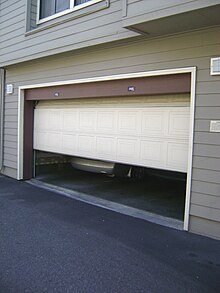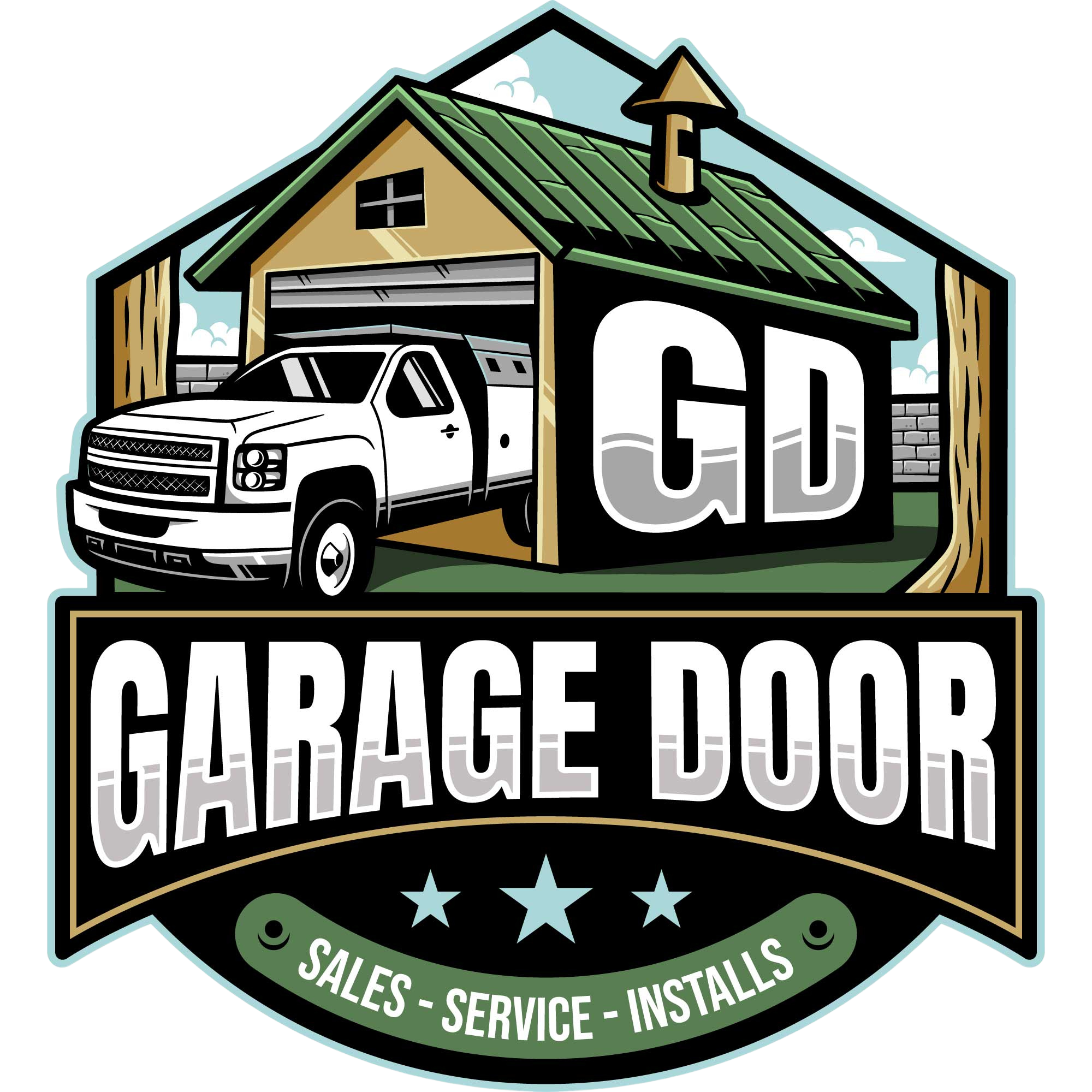Garage door
Garage Door Types:
- Single-panel doors: Constructed from one panel, swing up and overhead, can have track-type hardware.
- Sectional doors: Consist of multiple panels, slide up and overhead, made from various materials like steel, wood, and glass.
- Roller doors: Typically made of corrugated steel, available with insulation in some regions, require regular maintenance.
Materials and Construction:
- Steel Stamped Construction: Mimics raised panel wooden doors, available in insulated and sandwich styles, popular for carriage house designs.
- Insulation: Essential for energy efficiency, prevents overheating and freezing, some doors advertise high R-values but actual values may vary.
Spring Lift Mechanisms:
- Torsion Spring Mechanism: Consists of tightly wound springs on a shaft, counterbalance system with cable drums, unwinds to lift and rewinds to lower the door.
- Extension Spring Mechanism: Stretched springs running parallel to tracks, contract to lift the door through pulleys and cables, made of galvanized steel.
Safety and Maintenance:
- Importance of Garage Door Safety Sensors: Required by law in many places, detect obstacles, prevent accidents, and increase overall safety.
- Common Issues and Maintenance: Misalignment, dirty lenses, wiring problems, interference, and signs of faulty sensors.
- Benefits of Regular Maintenance: Ensures proper functioning, extends sensor lifespan, enhances safety, and saves on potential repairs.
History and Evolution:
- Historical Background: Dating back to 450 BC, garage doors evolved in the US around the 20th century with various designs like float-over and upward-lifting doors.
- Advancements: From one-piece panels to sectional doors, designs have evolved for better functionality and convenience.
- DIY Troubleshooting Tips: Checking alignment, cleaning lenses, inspecting wiring, and testing sensors with guidance from the manufacturer’s manual.
This article has multiple issues. Please help improve it or discuss these issues on the talk page. (Learn how and when to remove these template messages)
|
A garage door is a large door on a garage that opens either manually or by an electric motor (a garage door opener). Garage doors are frequently large enough to accommodate automobiles and other vehicles. The size of the garage doors varies. Small garage doors may be made in a single panel that tilts up and back across the garage ceiling. Larger doors are usually made in several jointed panels that roll up on tracks across the garage ceiling, or into a roll above the doorway. The operating mechanism is usually spring-loaded or counterbalanced to offset the weight of the door and reduce the human or motor effort required to operate the door. Less commonly, some garage doors slide or swing horizontally. Doors are made of wood, metal, or fiberglass, and may be insulated to prevent heat loss.


GD Garage Door Service MN • 651-373-0970
